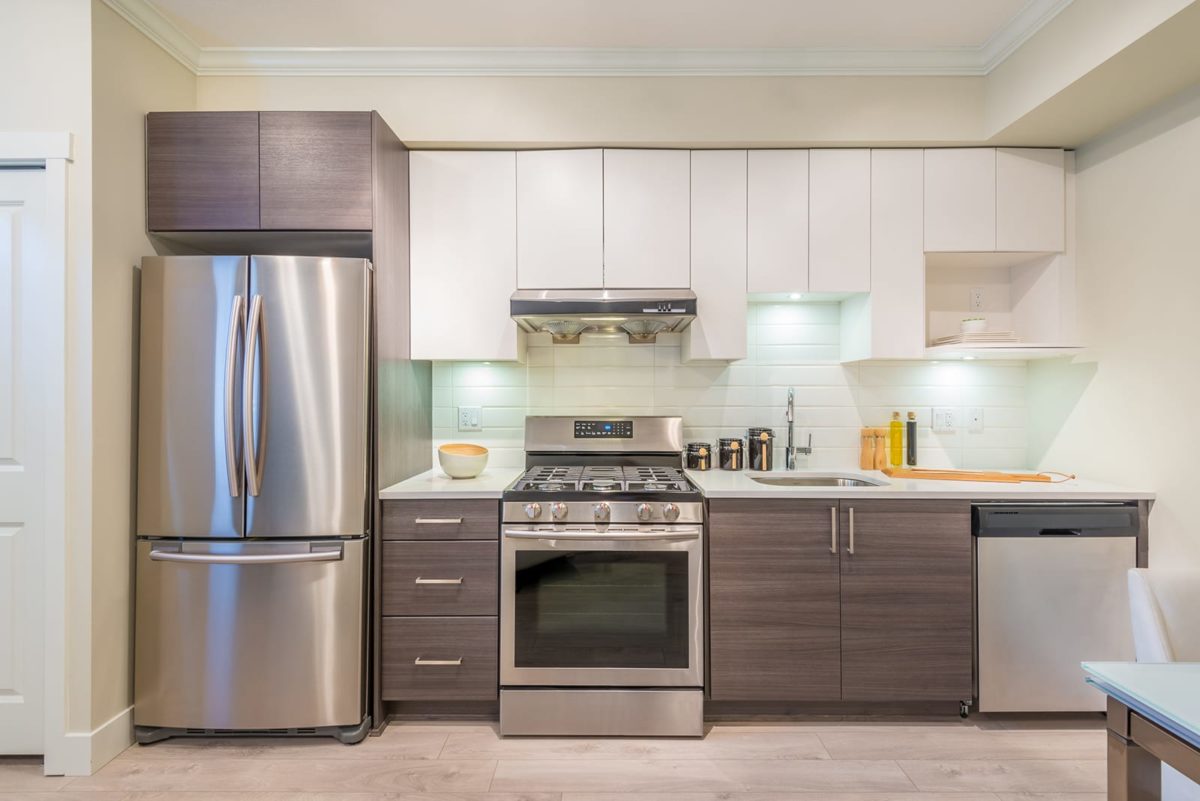
The real estate industry does a spectacular job educating first-time homebuyers. There’s so much valuable information out there that no buyer should go through the process uninformed.
Buying a home in a new community – a brand-new home that no-one has ever lived in – is not only first-time homebuying on steroids, but the industry has left the homebuyer behind in terms of offering information and sharing knowledge about the process.
From the home loan process to choosing your real estate agent, it doesn’t have to be confusing.
Read on to learn answers to the two most common questions we receive from our clients who are considering buying a newly-constructed home.
The preferred lender
Many potential new homeowners walk away from the model home tour under the assumption that they must use the builder’s preferred lender as a condition of the purchase.
Is it any wonder?
Some builders’ representatives use carefully-chosen words to make buyers believe this
When, in fact, nothing could be further from the truth.
Now, the builder may require you to obtain loan pre-qualification from the preferred lender but, in the end, you can borrow money for the home from whichever lender you chose.
These lenders often offer good deals, though. They may offer to pay your closing costs or entice you with a specific amount, such as $10,000, if you obtain your mortgage from them.
Others will reduce the price of the home or throw in attractive upgrades as an inducement to use the preferred lender.
These are a bit more challenging to put into monetary terms so you may need to do some research. You’ll need a dollar figure to work with when comparing this lender’s offer to others.
Incentives, however, may turn out to mean nothing if not compared against other terms, such as the interest rate and points charged
By the way, go ahead and allow the builder’s preferred lender to pre-qualify you for a mortgage – you are in no way obligated to use their services in exchange for loan pre-approval.
You’ll be given a Loan Estimate that you can use to compare this lender’s offering against others. The Consumer Financial Protection Bureau offers a sample of the form, with explanations, on its website.
My best advice to my clients is to go loan shopping before you step one foot into a new home community’s builder’s office. Have facts and figures in-hand, ready to compare to what the builder’s lender will offer.
If you don’t have this backup, there’s a good chance you’ll get swept up in the excitement of buying a new home, perhaps falling in love with one of the model homes, and your emotions will take over.
Armed with hard facts (offers from other lenders), on the other hand, you’ll be able to react logically instead of emotionally, and that’s a good thing when making a financial decision.
About the builder’s real estate agent
Just as it’s never a good idea to use the homeowner’s real estate agent when buying an existing home, it’s unwise to use the builder’s agent, and here’s why:
The owner’s agent, whether a homeowner or a builder, has one overriding aim: to get the owner the most amount possible for the home
The buyers’ agent, on the other hand, seeks to help his or her client spend as little as possible for a home.
See how the two duties conflict?
Regardless of how congenial, knowledgeable and eager the builder’s agent is, you need your own representation.
In fact, you’ll be asked on your first visit if you’re working with a real estate agent and your answer should always be “yes”
To be safe, we recommend that you ask your agent to accompany you on the first visit. If that isn’t possible, register your agent when you sign in.
Now, instead of using an agent with divided loyalties, you have your own representative who will go to bat for you in negotiating upgrades and extras, guide you during the inspections and assist you in taking care of all those details during the transaction.













